What’s the story behind one of the most jaw-dropping via ferratas in Canada?
Clip in for a guided tour of this epic canyon-to-alpine route, with commentary from one of the 10 guides who helped build it.
The Zillmer Via Ferrata at CMH Cariboos is highlighted by a surging waterfall section, suspended Burma bridge, zip lines and a dramatic deep-canyon location. As the route ascends, it opens up into one of the most beautiful mountain valleys on earth.
A day on the via ferratta is an included option you can chose to do as part of a standard CMH heli-hiking trip.
Navigating it is a spectacular experience that appeals to travellers who want to try something with an element adventure.
“Some of the folks that I guide—they go to Iceland. They go to Portugal. They go to the Dolomites. Every year they pick something cool. They’re just adventurous and that’s the nature of how guests are. People aren’t just lying on a beach anymore,” said John Mellis, CMH guide and former Cariboos Area Manager. “They want a vacation that has some adrenaline to it and some lasting memories, and Zillmer lends itself to that.”
Building on European tradition
When CMH guides with European heritage first started building via ferrata routes, that entire concept and culture was largely foreign to North America. But more than a decade later the rise in routes throughout mountain towns and ski-area destinations has led to a wider understanding of the alpine discipline, more widespread availability of routes and, in our case, the dramatic scale of our Zillmer Canyon via ferrata at the Cariboos.
While our world-class Mt. Nimbus, Skyladder and Conrad Glacier via ferratas have been receiving widespread acclaim from our guests for many summer seasons, Zillmer, completed in 2019, is the newest kid on the block. It’s a distinct canyon-to-alpine experience worthy of its own acclaim.
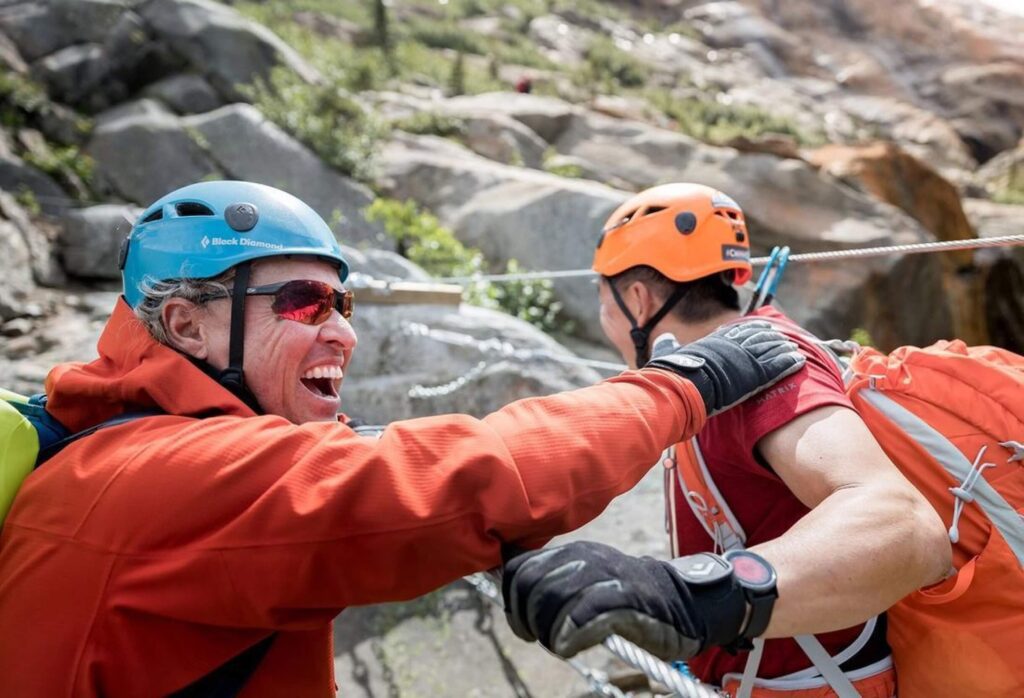
Team effort
A carefully selected team of 10 CMH guides planned, prepped, and built Zillmer over 18 springtime days. Doing so in a near-vertical environment—often in the pouring rain—was no easy task. It required expert routefinding and mountaineering skills, transporting heavy tools, and team work.
“We did it in June, and hand-picked several mountain guides with rope access courses that have worked with steel cable before. We had a millwright too who worked at CMH as an employee and mountain guide,” recounts Mellis. “And so, the ten of us, we broke into five teams of two–everybody owned a certain section.”
Once the teams began scouting a location, the route opened up before their very eyes. With limited overhead hazard and a zone naturally cleaned by geologic forces of water, snow and ice, they found an ideal spot to build.
“As we rappelled down the canyon and started to piece this puzzle together of how we were going to build a via ferrata—there it was. It just lent itself to perfection,” Mellis says. “Everything just really unfolded for us. The rock quality was excellent and had been shaped by the beauty of hundreds of millions of years. The waters come pounding down there and the glacier used to be all the way to the bottom as well.”
The rock in the canyon itself is well better than anything else in the area, Mellis says, thanks to those years of glacial and water polishing. Other areas of the route feature mica schist, shale, and some sedimentary rock.
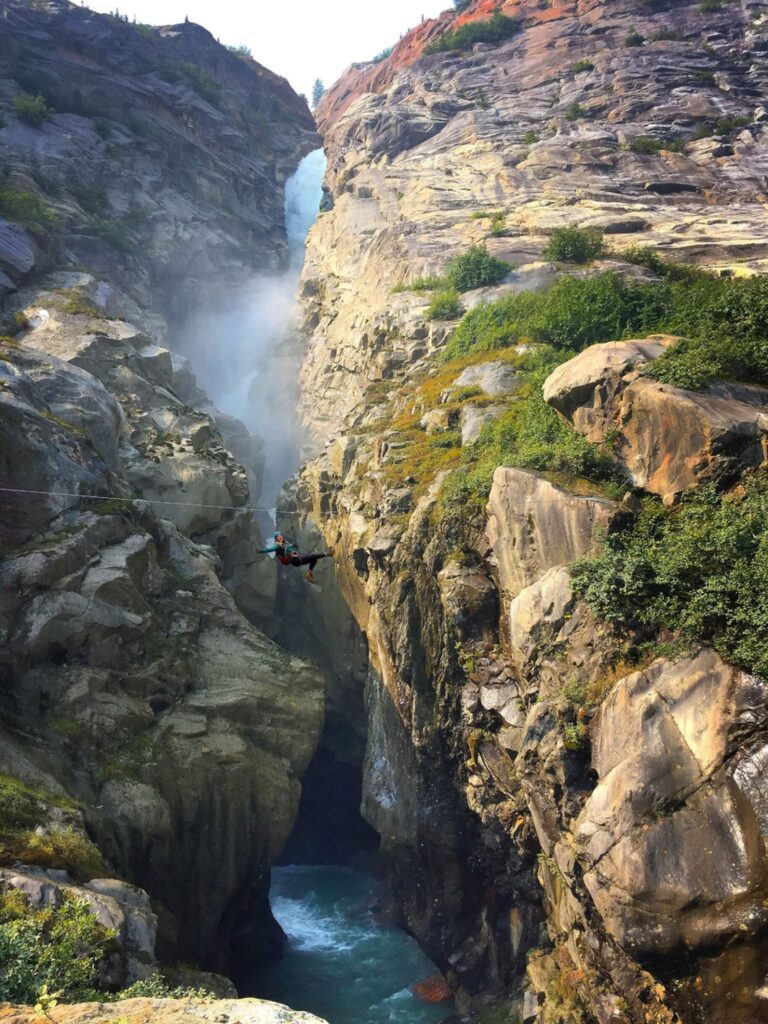
Unique features
The first phase of Zillmer’s ascent route reflects the creative exploration that was part of the building process. As you ascend, you experience different placements and features in each section. The underlying reason is that each pair of guides was responsible for setting their individual sections and left their own unique route-setting marks along the way.
Yet it was the terrain and topography that created a very natural flow to the route.
“I mean we weren’t really sure exactly what we were going to do as we opened up the canyon. It’s such a big scale project that Mother Nature had to lend a hand on what the experience was going to be,” Mellis says. “We had to just make whatever Mother Nature allowed us to make out of the projects. You know, you’re not building the mountains. You’re working with the mountain.”
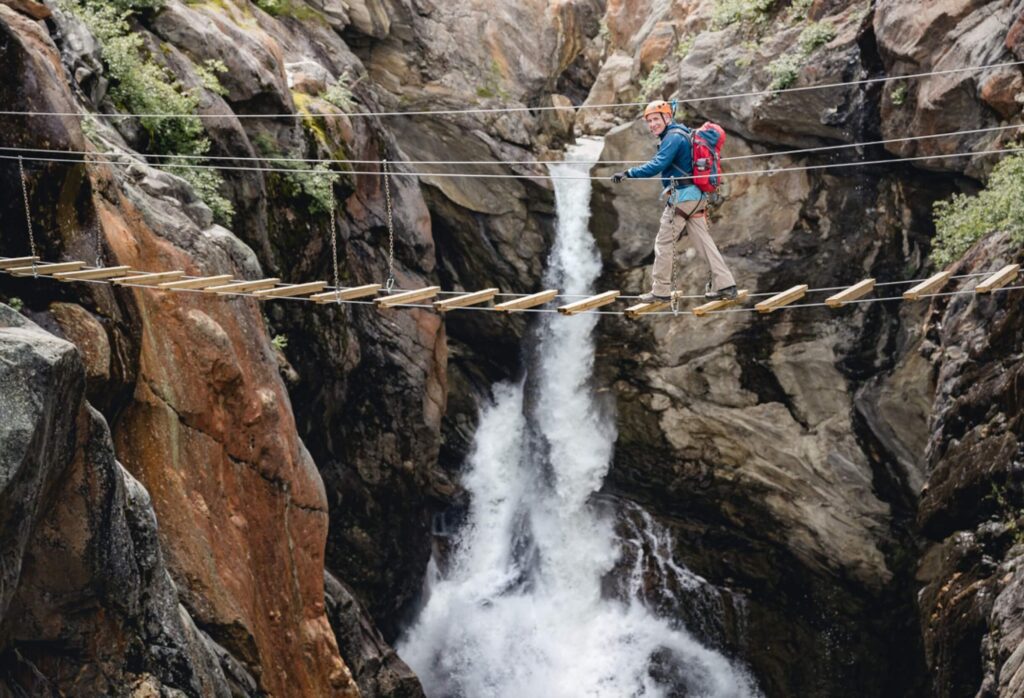
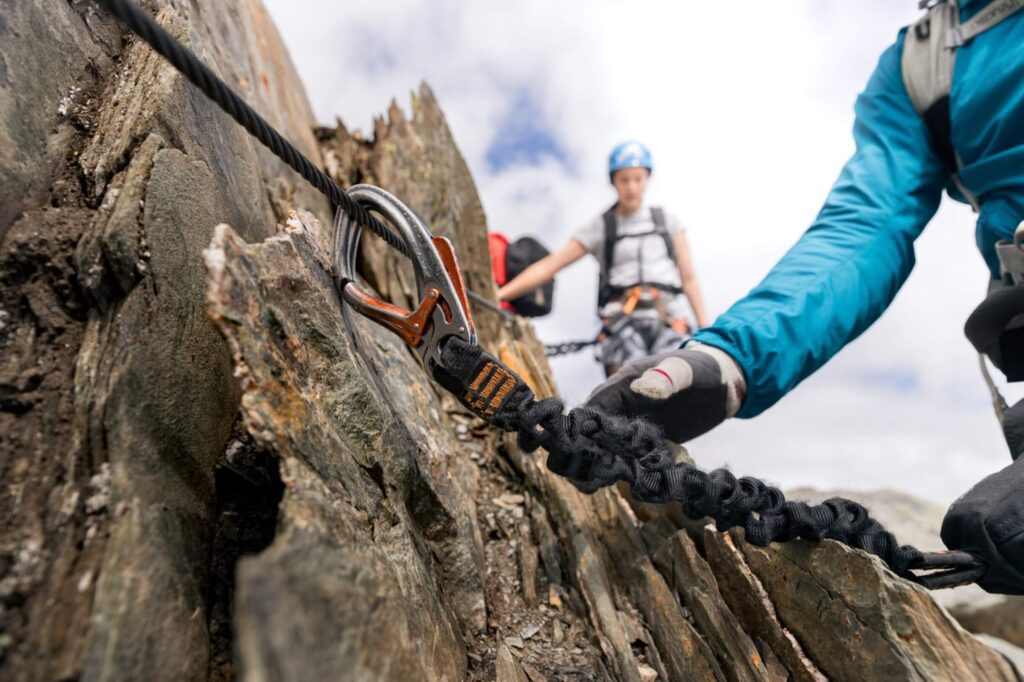
Section by section
For this reason each section is distinct in character from the green, blue and black options of The Waterfall to the classic climbing feel of the Garden Wall. White Pyramid to Ruby Wall, Grand Traverse to Detached Block, Burma Bridge to Garden Wall—each section flows and feels different.
“At the beginning, it’s all about the waterfall because all that water, that huge amount of glaciers above all funnels down into this canyon and pounds down into an incredible waterfall. So everything’s about the waterfall at that stage, you know, just the magnitude, the sound,” Mellis describes. “Then you get on top of that thing and then you’ve got the Ruby Wall and everywhere you turn in that canyon is a million dollar view and something that people would walk ten hours just for one glimpse of.”
Natural flow
After the Detached Block section, the route shifts character integrating closely with the terrain and mimicking a more traditional climbing experience. Natural footholds and handholds miraculously appear, supplementing the rung-by-rung method of ascent.
“When we got into places where there were cracks and features and whatnot, you look for a natural feature on the rock, a natural foothold and put your foot sideways or toes straight in, and use the natural features of the rock for handholds,” Mellis describes. “The farther along in the route you get, our two guides who worked on that, they really took the time to work the terrain so that you do a lot more actual rock climbing than rung climbing.”
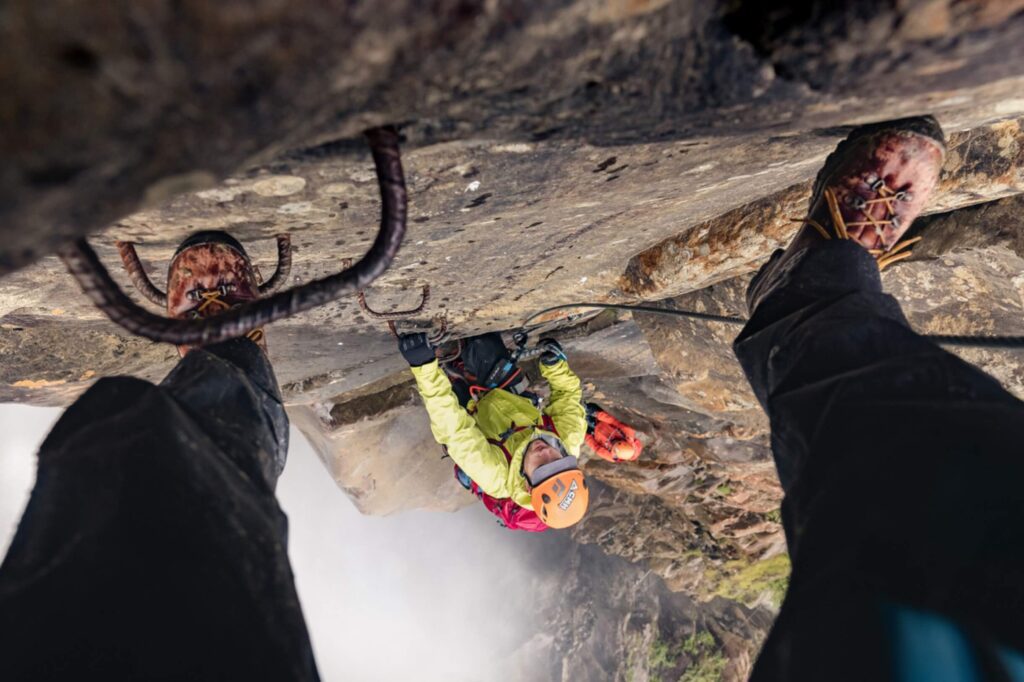
The dramatic pause
Focused on the hold in front of them, most guests are immersed in the hand-over-hand, foot-by-foot experience on the Zillmer route. Yet, when they take a breath, a break or a pause, the drama of the environment seeps in.
That emotion is no more powerful than when the route tops out above Phase One in an idyllic valley of waterfalls and glacier views.
“Where we finish phase one—walking on those beautiful flat rocks at the Bella Vista—it’s like the tropics of the mountains open up. There’s just waterfalls that are coming out of the bottom of the glacier, wildflowers and a gorgeous hike that takes us right into the depths of history with so much ice and water moving below you,” Mellis describes. “And then we zip line across that to finish.”
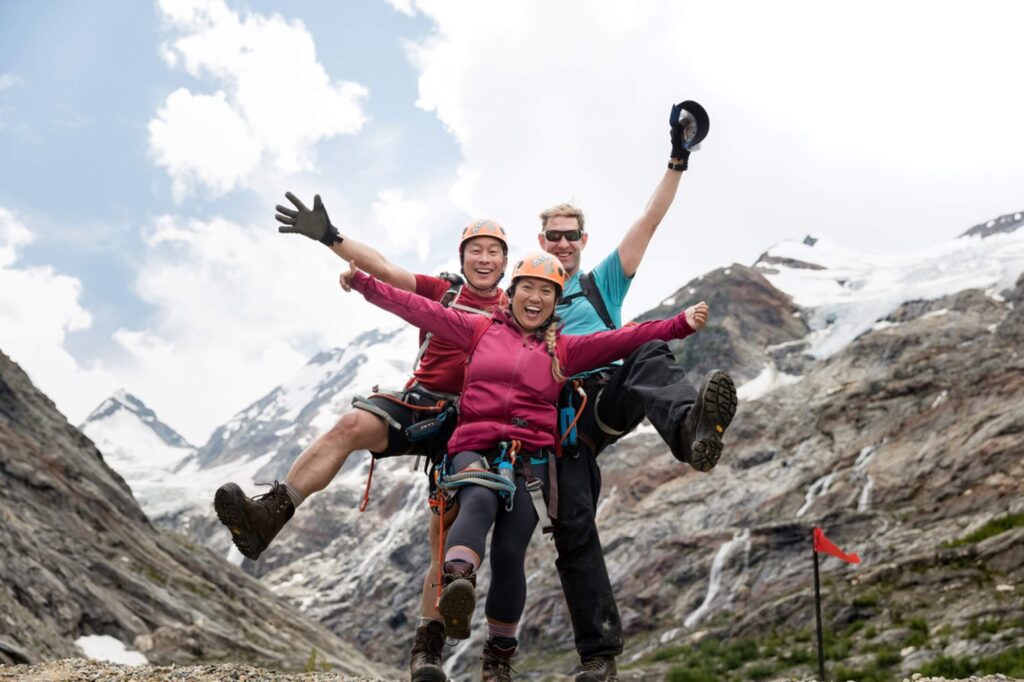
Special achievement
Each guest and each guide has a story of the summer about Zillmer Canyon and you can tell from the buzzing energy at dinner on day three of every summer tour. Yet for Mellis, who put in so much work to make it a reality, his favorite moment on the route is not hard to pin down.
“Well, every day on Zillmer that first summer was super special. But I took my 15-year-old daughter and my nephew—who were both working here that summer—through the ferrata when we did a trip with staff,” recounts Mellis. “That was super special for me to see my daughter and the kids’ reaction and the sense of accomplishment of what they did. That was for sure, as a dad, super special.”
Zillmer stats
- Route options: There are multiple different options, with names such as the Sky Path, Wet Route and Dry Route
- Average duration: 7-8 hours to the top
- Distance: 5 km
- Elevation Gain: 700 m
- Ziplines: 2
- Bridges: 2
- Balance beams: 2
- Opt-out options: 8 (these are exits along the route that are sometimes, but not always, available)
- Fun fact: Rain gear is mandatory for the first section, where you climb up next to the Zillmer waterfall. You will get wet!
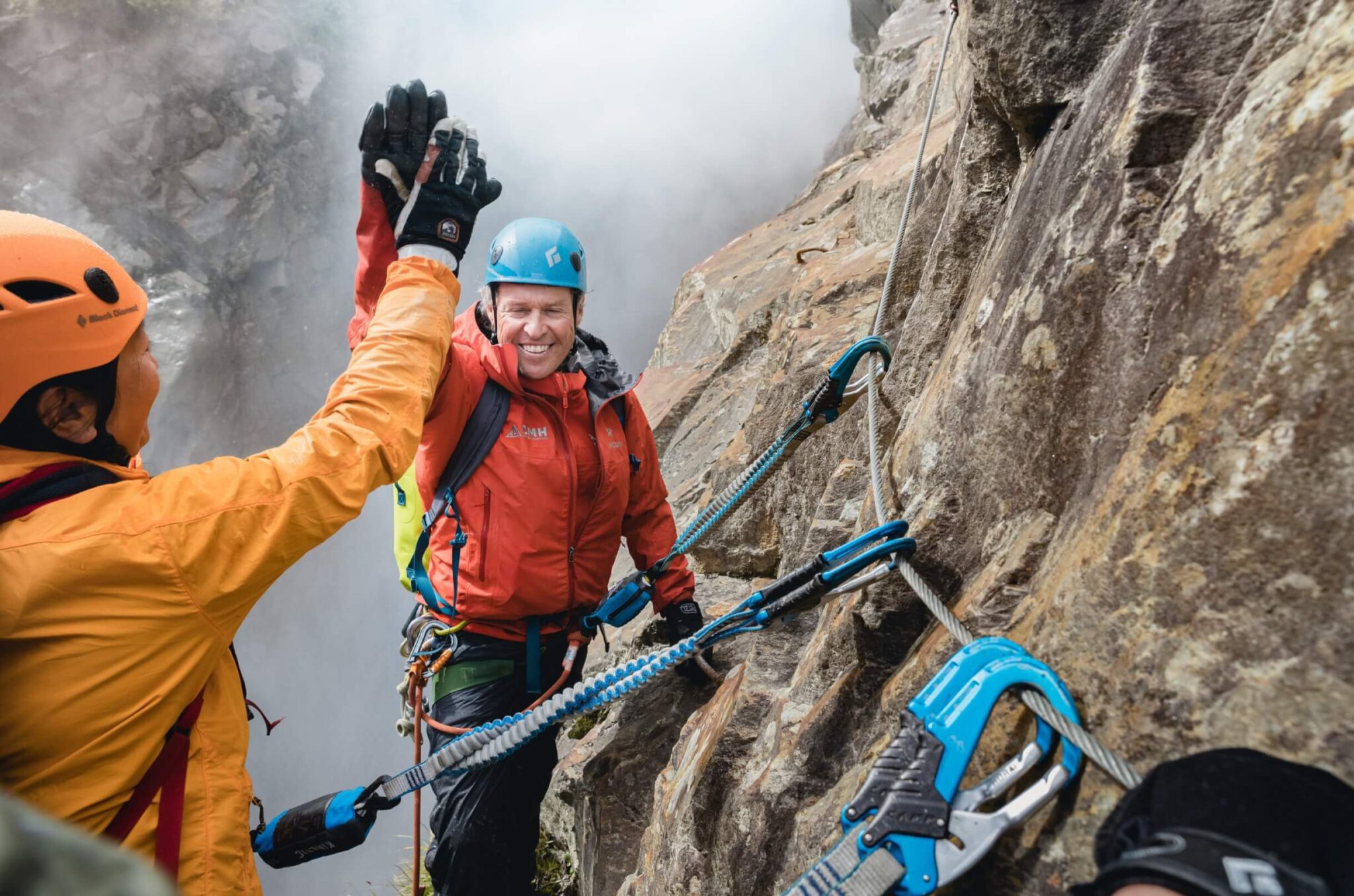
In this story

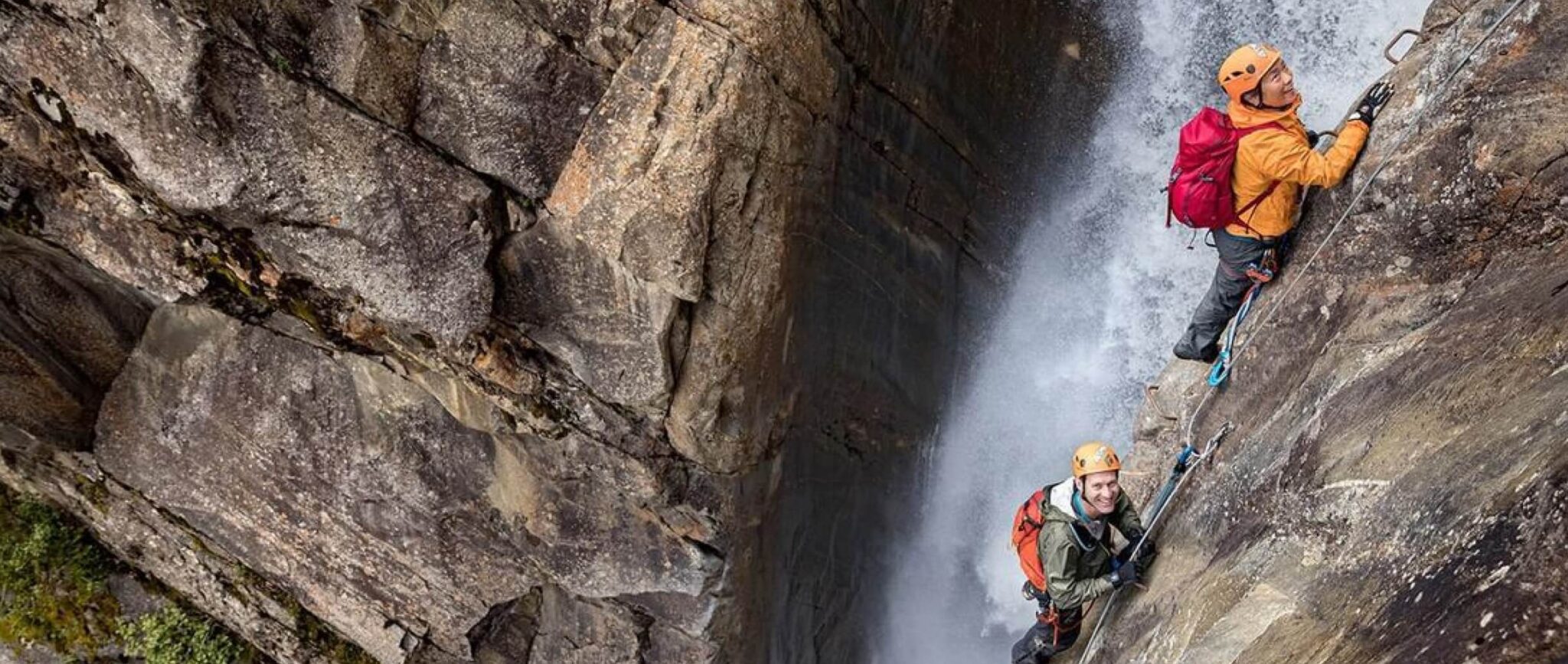
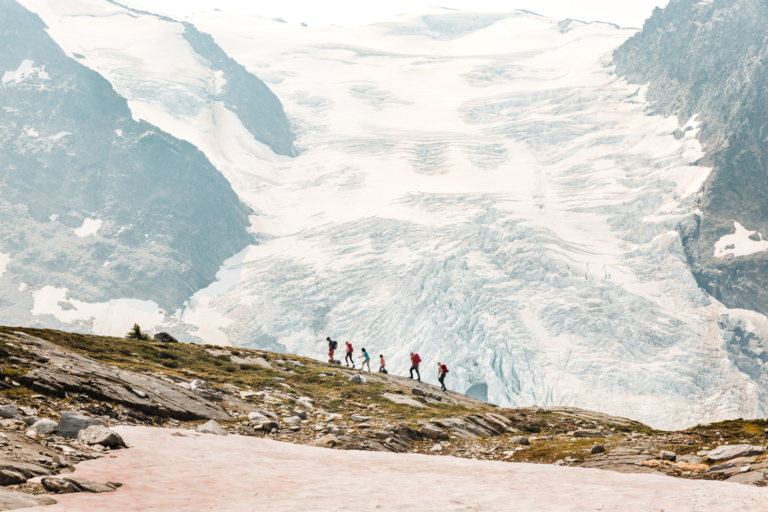


Comments